Sun Xun
The Soul of Time
19.9. —
14.11.2010
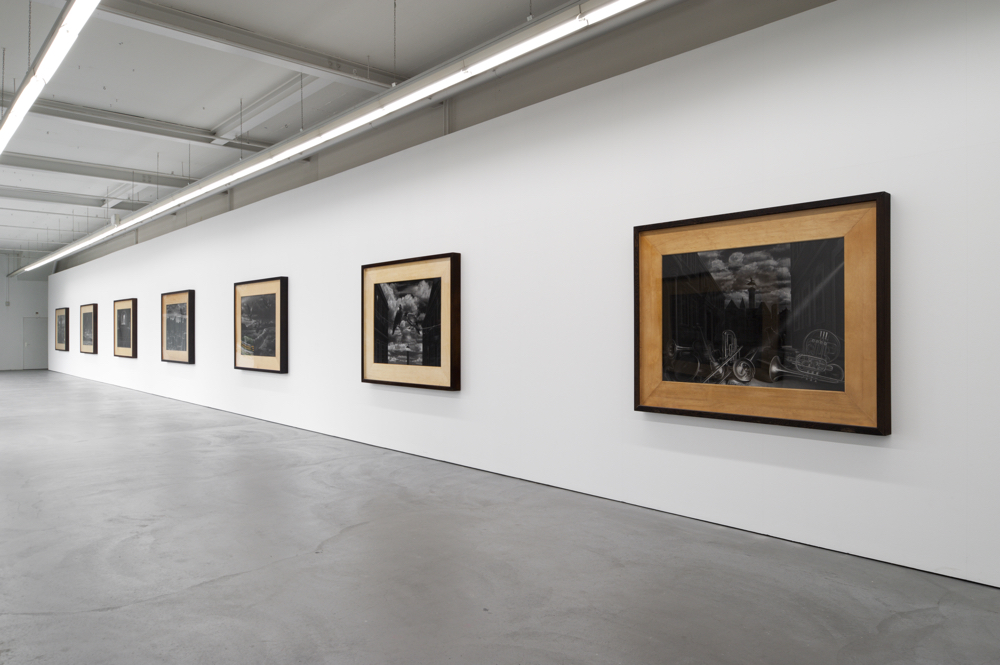
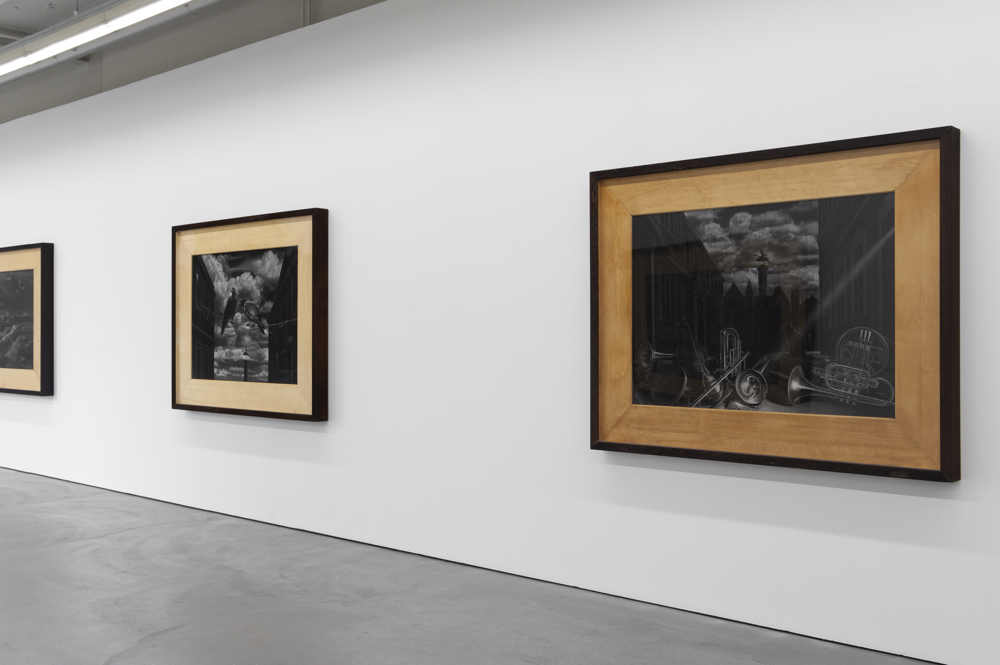
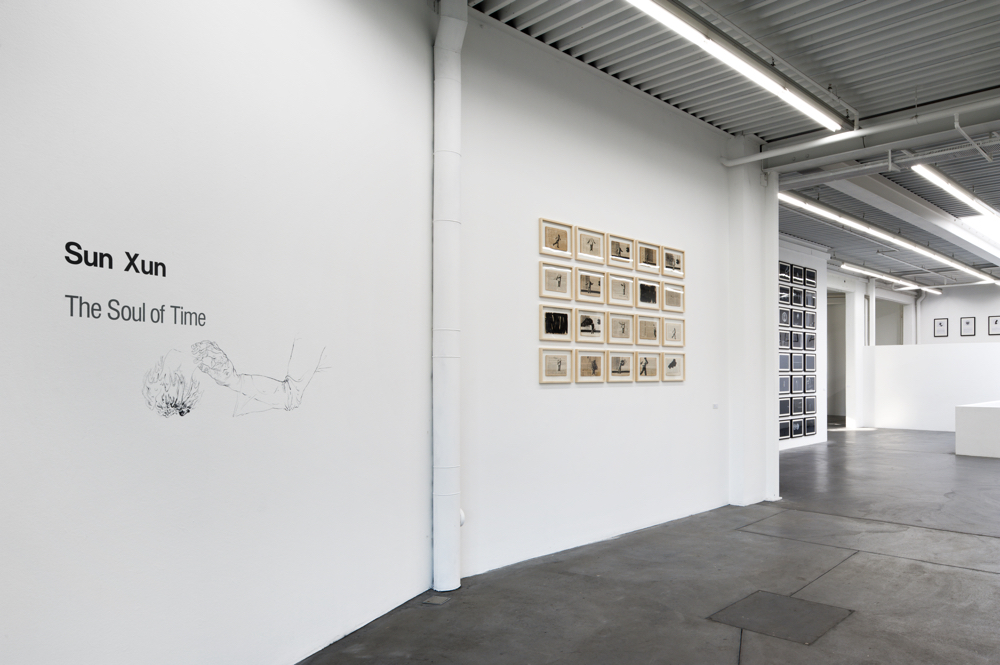
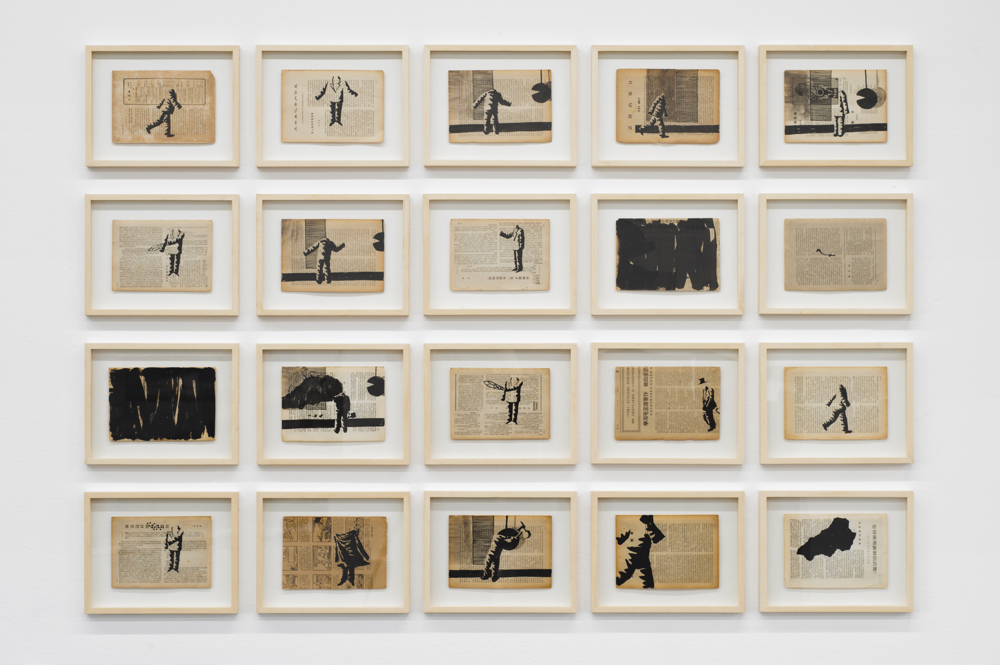
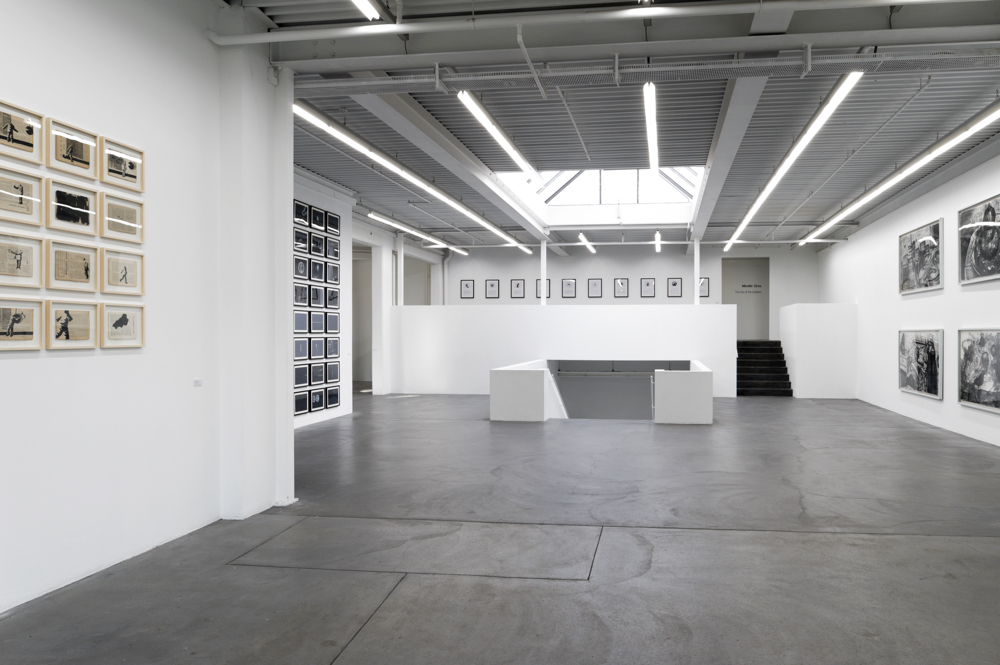
Sun Xun is counted among the most aspiring representatives of a younger generation of Chinese artists (* 1980 in Fuxin / Liaoning Province, lives and works in Hangzhou). In 2005, he completed his studies in printmaking at the China Academy of Fine Arts in Hangzhou and developed while still studying his first animated film (Utopia in the Day, 2004) made from his drawings filmed sequentially one at a time. Since 2006, the artist has his own animation studio, where in recent years many drawings and film animations were produced. Sun Xun showed widely at international film festivals (25th Torino Film Festival, 8th Seoul International Film Festival, 53rd International Short Film Festival Oberhausen, International Short Film Festival MECAL in Barcelona), as well as had institutional solo exhibitions at the Drawing Center in New York, the Hammer Museum in Los Angeles, the Max Protech Gallery, New York and at ShanghART, Shanghai. His works has also been exhibited at the Astrup Fearnley Museum of Modern Art in Oslo and in many institutions throughout China. In his first European solo exhibition at Kunsthaus Baselland, Sun Xun presents next to his drawing series Shock of Time (2006), Mythos (2006), Heroes no longer (2008), for the first time his new film 21g (2010) and related drawings (2010).
Sun Xun's main oeuvre consists of a series of impressive black and white films that pick up subjects of time and world history while consciously revealing a critical and political awareness — especially regarding to the history of China. His recent drawings, which form the basis for his films and also function as an independent medium, all feature the figure of a magician. The magician, easily recognizable by the black top hat, embodies the lie, the uncontrollable, the lawless, and deception. Sun Xun lets the magician describe himself as follows: “Today, I am a magician, wearing a black high top and tuxedo, a professional liar! I make a living by deceiving. People are willing to buy lies from me! Read here are like mental drugs. When an actual promise is broken once again, lies can always make it up and turn everything to be confusing yet magnificient. People are obsessed with beautiful illusions...”
Sun Xun uses single drawings for the film frames and erases them partly for the next frame in order to re-film them, a technique, that is quite obviously informed by the work of South African artist William Kentridge. Kentridge's work became large in China after appearing at the Shanghai Biennial in 2000, and since then became also an important source of inspiration for Sun Xun, a springboard for his own vocabulary and personal style. His paintings soon featured a wide range of material: he applied acrylic paint, pencils, chalk, water color, oil paint or ink on image carriers like book pages, newspaper pages, or rice paper. “I can use anything to make an animation: the important thing being to find a language and a means of expression that is mine and is unique” — so the original wording of the artist.
The work Shock of Time (2006), a series of small paintings and a film, is composed from old newspapers from the 1950s and ‘60s. Here, the artist questions our notion of history, which varies individually and according to the temporal distance and thus carries the potential of a false construction of history or a lie. Headlines and news from the era Mao Zedong’s are so far away for the young that he can weigh its importance and accuracy only from the temporal distance. He uses the newspaper reports as a support and adds new, painted-on stories, which together underscore the fragmentary perception of historical events.
The work Mythos (2006) is dedicated to the reflection of history and how it was for such. A new element in the film and in the paintings is the sudden brilliant flashes of color. In addition to the figure of the magician, there is another conceptual parameter that newly defines his vocabulary: This includes the concepts and issues of history, geocentric theory, country, historical idealism, or revolution. Beijing-based critic and curator Karen Smith writes: “These words map out the parameters of the works, and the thought processes by which the artist questions political systems and socio-cultural multi-lateral relationships that are designed to preserve the illusion of nationhood but that ultimately shift around similar but irreconcilable perspectives on the world”.
In the paintings of the series Heroes no longer (2008) Xun Sun combines the concept of the hero with the concept of history. The heroic figure is kind of a historical complex that is constructed within the historical process as well as in history itself, or to formulate it differently: For him, the hero is just as unrealistic as history. “History is Conspiracy” is written on one of the sheets, birds pecking around a newspaper lying on the floor, the magician is conjured through the illusionary possibilities of a film projector and could disappear at any time, an old bill, from which a piece is torn out, is confronted with the daily reality of a paper cutout.
21 g (2010), the latest work of the artist, is characterized in its screenplay-like script as follows: “History has abandoned time, and we have lost our souls...”. The weight of 21g was in an experiment by the American physician Duncan MacDougall in 1907 identified as the ‘weight of the soul’. Sun Xun in this work starts a new exploration of history, this time in connection with the soul.
Text by Sabine Schaschl